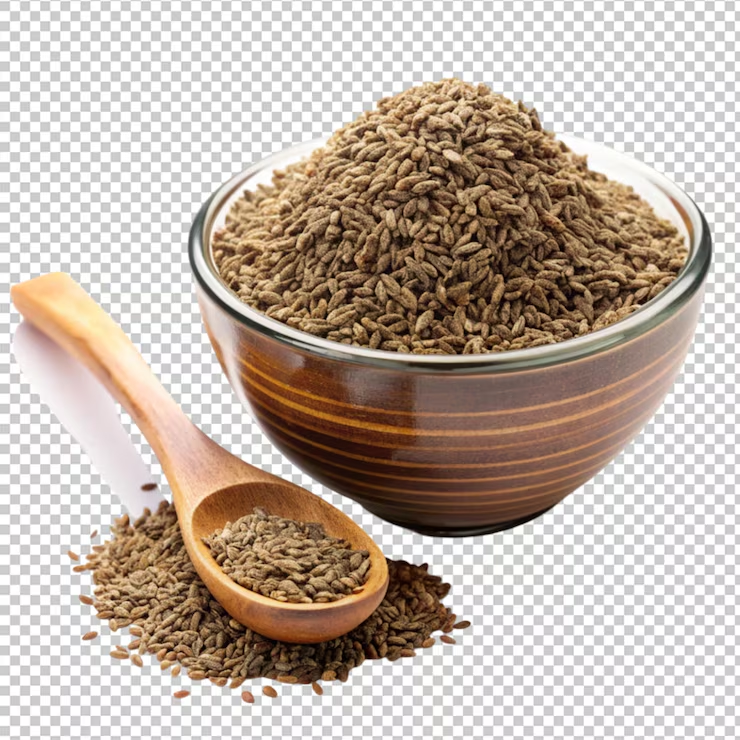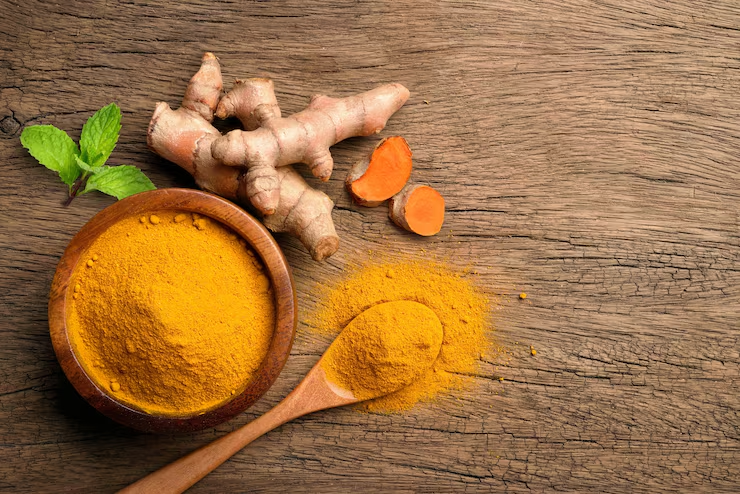1. Introduction
Cumin seeds, locally known as “jeera,” are integral to global cuisines, particularly in Indian, Middle Eastern, and Latin American dishes. India stands as the world’s largest producer and exporter of cumin seeds, commanding a significant share of the global market. In 2023, India exported approximately 147,324 metric tonnes of cumin seeds, valued at around $616.6 million LinkedIn. This dominance is attributed to India’s favorable agro-climatic conditions, extensive cultivation areas, and a well-established export infrastructure.
2. Determining the Technical Qualities of Cumin Seeds from India
The quality of cumin seeds is paramount in determining their marketability and export value. Key technical qualities include:
- Size and Shape: Uniformly sized and elongated seeds are preferred.
- Aroma: A strong, warm, and earthy aroma indicates freshness and quality.
- Color: A light brown to yellowish-brown hue is ideal, signifying proper drying and curing.
- Purity: Minimal foreign matter and contaminants ensure high purity levels.
- Moisture Content: Optimal moisture content is between 8-10%, preventing mold growth and ensuring longevity.
Indian cumin seeds are renowned for their robust flavor and aroma, making them highly sought after in international markets.
3. Unique Selling Propositions (USPs) for Indian Cumin Seeds
Several factors contribute to the global preference for Indian cumin seeds:
- Superior Quality: Indian cumin seeds are known for their intense flavor and aroma, setting them apart from competitors.
- Large-scale Production: India’s vast cultivation areas ensure a steady and abundant supply.
- Established Export Infrastructure: Ports like Mundra and Kandla facilitate efficient global distribution.
- Competitive Pricing: The cost-effectiveness of Indian cumin seeds makes them attractive to international buyers.
- Diverse Varieties: India offers a range of cumin seed varieties, catering to different culinary needs and preferences.
These USPs position India as a leader in the global cumin seed market, attracting buyers worldwide.
4. List of Top Indian Cumin Seed Varieties with Their Specialty and Sourcing State
India produces several high-quality cumin seed varieties, each with unique characteristics:
| Variety | Specialty | Sourcing State |
| RZ 209 | High yield, disease-resistant | Rajasthan |
| RZ 19 | Early maturing, high oil content | Gujarat |
| RZ 221 | Tolerant to drought, high aroma | Rajasthan |
| RZ 307 | Suitable for arid regions, high yield | Gujarat |
| RZ 410 | Long shelf life, robust flavor | Rajasthan |
5. Step-by-Step Production Process of Indian Cumin Seeds
The journey of cumin seeds from farm to export involves several meticulous steps:
- Cultivation: Cumin is sown during the Rabi season (October-November) in well-drained, sandy loam soils.
- Harvesting: After 100-120 days, when the seeds turn brown, they are harvested manually or using mechanical harvesters.
- Drying: The harvested seeds are sun-dried to reduce moisture content to about 8-10%.
- Threshing: Mechanical threshers are used to separate seeds from the plant.
- Cleaning: Seeds are cleaned to remove foreign matter and impurities.
- Packaging: Cleaned seeds are packed in moisture-proof packaging to maintain freshness.
- Export: Packaged cumin seeds are transported to ports like Mundra and Kandla for international shipping.
This comprehensive process ensures that Indian cumin seeds meet international quality standards, making them a preferred choice for global buyers.
6. FAQ
Q1: Who are the leading cumin seed exporters in India?
Prominent cumin seed exporters in India include companies like Shakti Vardhak Hybrid Seeds and Kisan Agro, known for their quality products and extensive export networks.
Q2: What is the export value of cumin seeds from India?
In 2023, India exported cumin seeds worth approximately $616.6 million, highlighting the significant role of cumin in India’s export economy LinkedIn.
Q3: Which countries are the largest importers of Indian cumin seeds?
Key importers of Indian cumin seeds include Bangladesh, the United States, the United Arab Emirates, China, and Morocco The Times of India.
Q4: What are the best cumin seed varieties in India?
Top varieties include RZ 209, RZ 19, and RZ 221, each known for their unique characteristics and suitability to specific climatic conditions.
Q5: How does India maintain the quality of its cumin seeds?
India ensures quality through stringent cultivation practices, timely harvesting, proper drying techniques, and adherence to international export standards.




